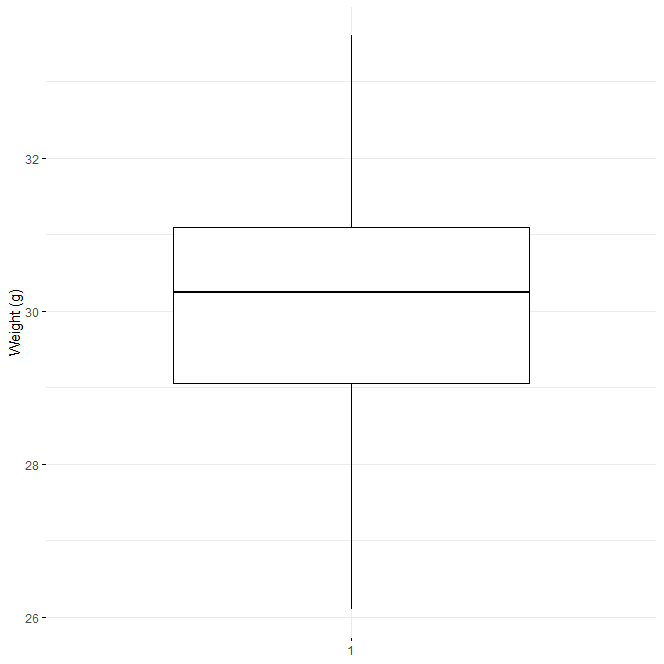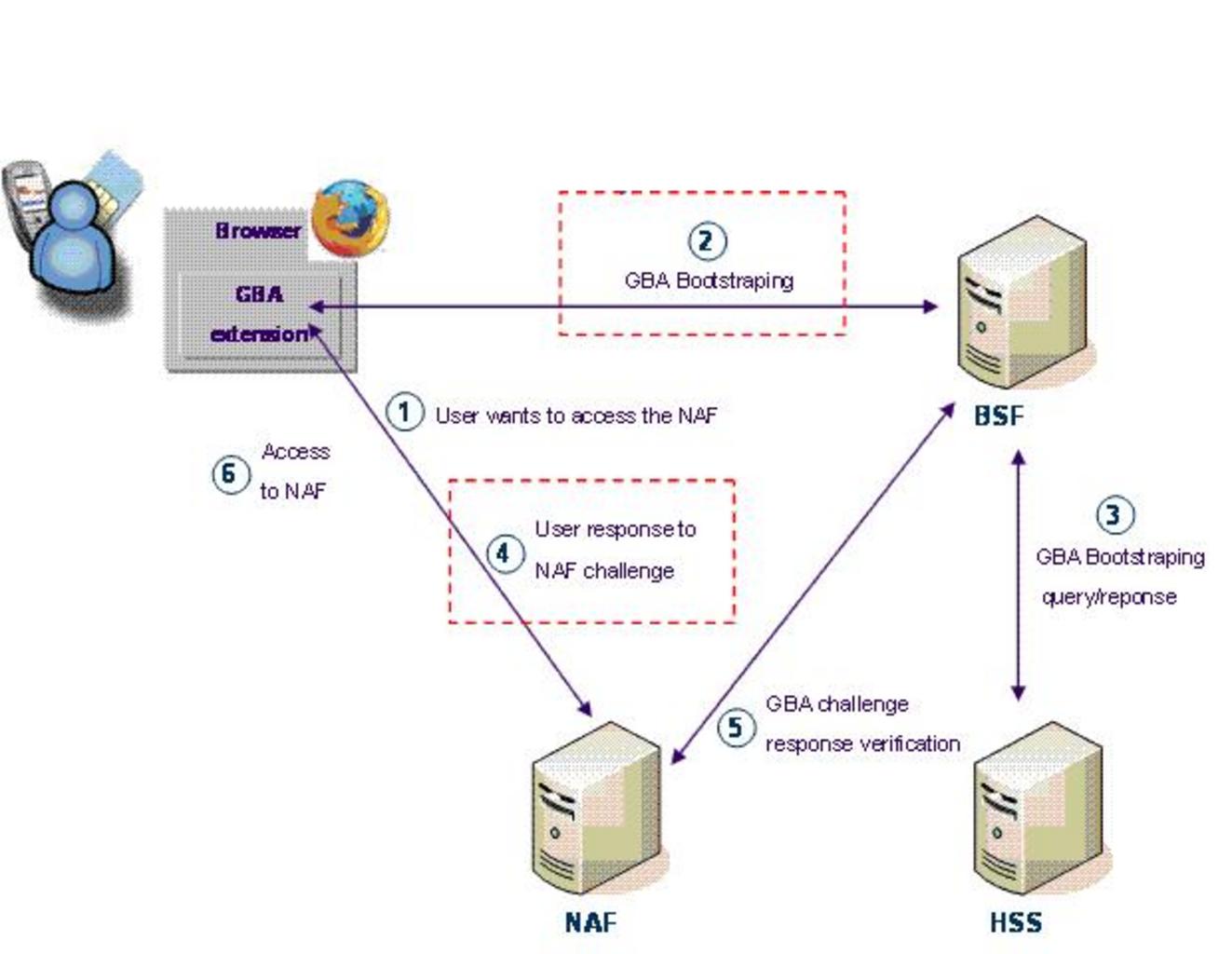Apply Central Limit Theorem in R, The Central Limit Theorem is a fundamental concept in statistics that states that the sample means of independent and identically distributed random variables, with a large enough sample size, will follow a normal distribution.
This theorem has significant implications for statistical analysis as it allows us to apply statistical processes that rely on normality to data that may not be normally distributed. In this article, we will explore how to apply the Central Limit Theorem in R, with multiple examples.
Apply Central Limit Theorem in R
One of the primary ways to demonstrate the validity of the Central Limit Theorem is through simulation. R is an excellent tool for conducting such simulations, given its vector-oriented programming style and efficient built-in functions. We will simulate multiple examples to explore the Central Limit Theorem.
Example 1: Rolling Dice
Let us consider the situation of rolling a six-sided die, and we are interested in determining the probability distribution of the sum of two rolls. Intuitively, we can reason that the probability distribution will follow a uniform distribution.
However, we can also apply the Central Limit Theorem to this situation and simulate it using R to observe the result.
First, let us generate a sample of 100,000 observations of rolling two six-sided dice in R.
```R dice_sample <- replicate(100000, sum(sample(1:6, 2, replace = TRUE))) ```
Next, let us view a histogram of this sample to observe its distribution.
```R hist(dice_sample, col = "skyblue", freq = FALSE, main = "Probability Distribution of Dice Roll Sum") ```

We should see a distribution that approximates a normal distribution, following the Central Limit Theorem.
Example 2: Coin Flips
Let us now consider the situation of flipping a coin, where we are interested in determining the probability distribution of the number of heads landed after flipping the coin ten times.
Intuitively, we can reason that the probability distribution will follow a binomial distribution. However, we can also apply the Central Limit Theorem to this situation and simulate it using R to observe the result.
Predict potential customers in R » Data Science Tutorials
First, let us generate a sample of 100,000 observations of flipping a coin ten times in R.
```R
coin_sample <- replicate(100000, sum(sample(c("H", "T"), 10, replace = TRUE) == "H"))
```
Next, let us view a histogram of this sample to observe its distribution.
```R hist(coin_sample, col = "skyblue", freq = FALSE, main = "Probability Distribution of Coin Flip Results") ```

We should see a distribution that approximates a normal distribution, following the Central Limit Theorem.
Example 3: Exponential Distribution
Let us now consider the situation of generating a random sample from an exponential distribution with a mean of 5, where we are interested in determining the probability distribution of the sample mean.
Intuitively, we can reason that the sample mean will follow an exponential distribution. However, we can also apply the Central Limit Theorem to this situation and simulate it using R to observe the result.
First, let us generate a sample of 100,000 observations from an exponential distribution with a mean of 5.
“`R
exp_sample <- replicate(100000, mean(rexp(20, 1/5)))
“`
Next, let us view a histogram of this sample to observe its distribution.
“`R
hist(exp_sample, col = "skyblue", freq = FALSE, main = "Probability Distribution of Sample Mean from Exponential Distribution") ```

We should see a distribution that approximates a normal distribution, following the Central Limit Theorem.
In all these examples, we can see how the Central Limit Theorem applies to such situations and how we can simulate it using R.
The theorem provides a powerful tool to transform distributions that may not be normally distributed into ones that approximate a normal distribution.
The implications of this theorem can be observed in a broad range of statistical techniques, such as hypothesis testing and confidence interval estimation.
Conclusion
We have explored how to apply the Central Limit Theorem in R, with multiple examples. Simulations are a great way to observe the application of this theorem in practice.
The theorem’s implications have enormous consequences for statistical analysis, and it is important to understand its concepts and how to apply them effectively.
Applying the Central Limit Theorem in R »












